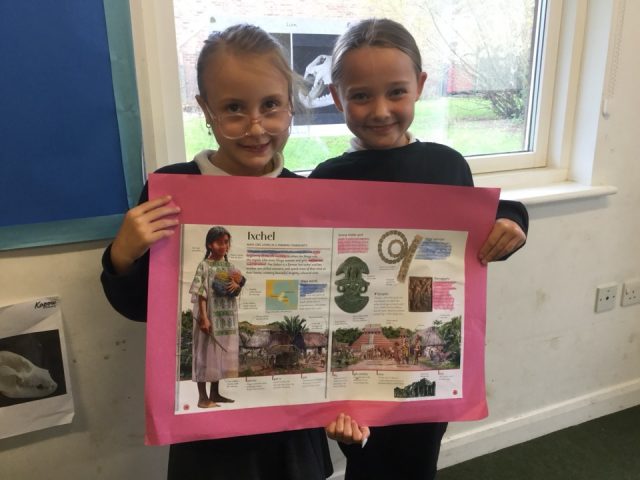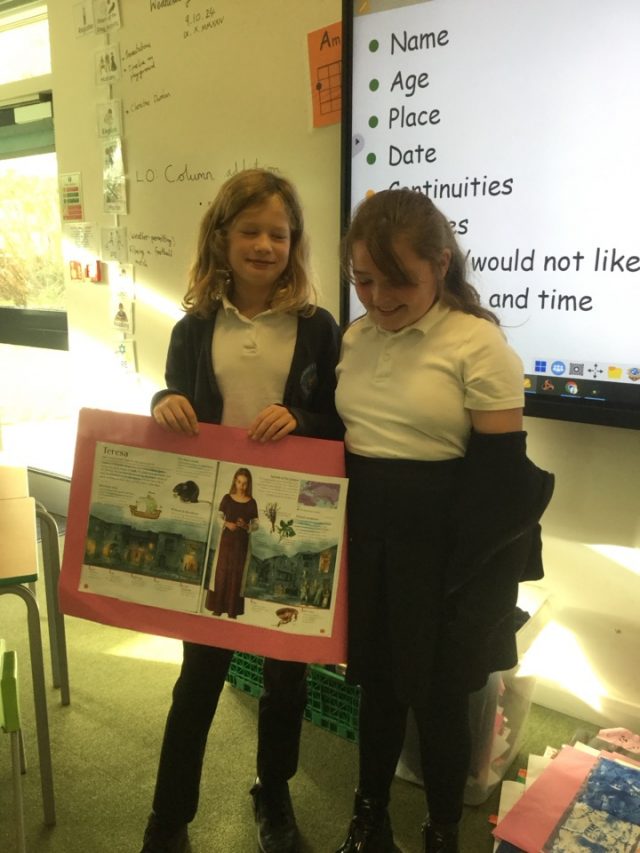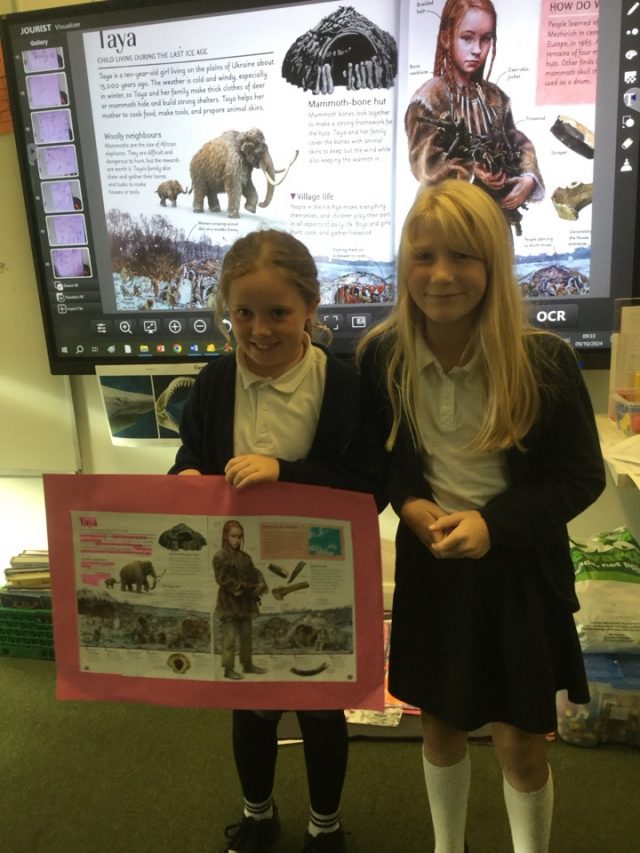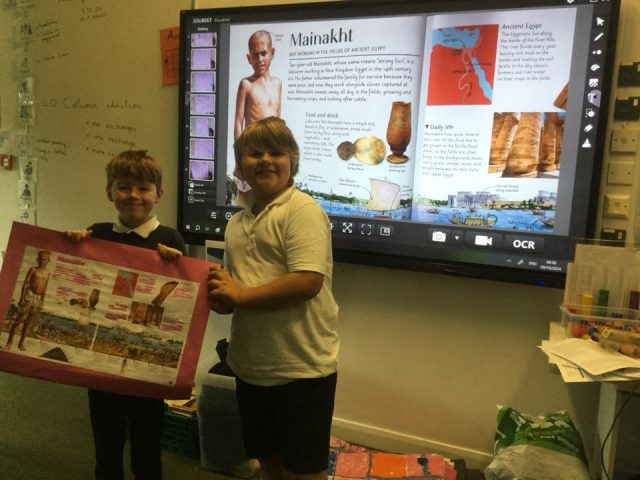In History, Grebes are pondering the big question “How have children’s lives changed over time?” We began by discussing the concept of childhood: How can we define it? What is the role of the child? Here were some of the children’s ideas about the role of the child:
– To go to school
– To play and have fun
– To make friends
– To prepare for being an adult
– To get physically strong; to grow
– To find out things; investigate
– To be happy
– To figure out how to use technology
We then searched through our favourite History book, A Street Through Time, looking for all the children we could find through the different ages. We noticed there was some continuity over time: in many of the pictures, children can be seen playing and having fun, just as we expected; there are also children learning to read and write and, later in the book, going to school. But there was much change, too: through most of the book, children are working adult jobs – for example, learning blacksmith skills, skinning animals, herding animals.
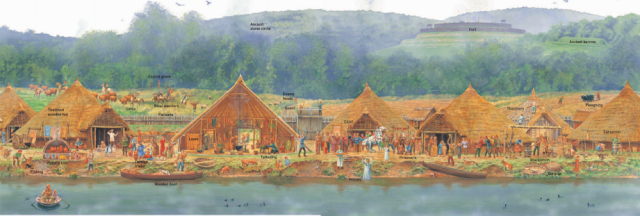
We have now moved on to a related book, A Child Through Time: The Book of Children’s History. Children have each researched a child from a different time and place (e.g. ice age Ukraine, medieval Japan) and delivered a presentation to the class. Looking ahead, we will be learning about the Education Act of 1870, which required children from the ages of five to thirteen to go to school and receive a basic education.
